Subscriber Benefit
As a subscriber you can listen to articles at work, in the car, or while you work out. Subscribe NowWhen Newfields unveiled an action plan focused on diversity, equity, inclusion and access in March 2021, the art museum and gardens became a high-profile example of an institution striving to rebuild trust with both its staff and the public.
Jerry Wise, Newfields’ chief financial officer and interim president, described the action plan as a “turning point” for an organization rocked by a race-related controversy that led to the resignation only a month before of President and CEO Charles Venable.
Newfields sparked negative headlines after a February 2021 job posting referenced the need to maintain “the museum’s traditional, core, white art audience” while attempting to attract guests from all backgrounds.
One year later, Newfields continues to work toward the goal outlined in the plan: Become an empathetic, multicultural and anti-racist institution.
The museum shares on its website running totals of hours devoted to internal DEIA training and free tickets distributed as community outreach. The organization is bringing on new people in leadership roles—with Venable’s successor expected to be hired this summer or fall—and it’s following through on a commitment to buy art created by artists of color.
Darrianne Christian, elected last May as the first Black woman to serve as chair of the Newfields board of trustees, said the museum is making progress on a path where challenges remain.
“We want everyone to see and experience Newfields as a place for them and their families, a place whose exhibitions, programs and events are truly created for them and with them in mind,” Christian wrote in an email interview.
Christian said there’s no finish line in the work of diversity, equity, inclusion and access.
“We know DEIA work is ever changing, in that its purpose is to serve and meet people where they are at any given time,” she said.
The roundly criticized job listing wasn’t the first incident that signaled equity and inclusion problems during Venable’s tenure. Associate Curator of American Art Kelli Morgan, who was hired to diversify the museum’s galleries, resigned in 2020 and cited a toxic and discriminatory work environment when announcing her exit.
Tamaya Greenlee, a researcher who writes text to accompany exhibits at Newfields, didn’t join the museum’s staff until after Morgan’s resignation. Greenlee said a lack of closure related to Morgan’s situation has been evident during listening sessions and meetings with consultants.
“It comes up in just about every meeting that we have, because it’s a wound that just hasn’t healed,” Greenlee said.
An increase in two-way communication would help staff morale, she said.
“A lot of it has just been a repeat of many of us voicing the same issues, without getting anyone saying, ‘This is what we’re doing to correct these mistakes,’ or even, ‘We hear you. We’re going to do better,’” she said.
New leadership
John Thompson, the first Black man to serve as board chair of Newfields—then the Indianapolis Museum of Art—said he believes the not-for-profit founded in 1883 is moving in the right direction. IMA board chair from 2004-2006, the former Mays Chemical Co. executive presently has no formal ties to the museum.
Christian “is very, very sharp and very intentional about making improvements in these areas,” said Thompson, chairman and CEO of Thompson Distribution Co. and chairman of the Indiana Chamber of Commerce board. “She’s not going to be fooled by anyone just paying lip service to it. There’s going to be real change in the organization under her leadership.”
In addition to Christian’s election as chair, the percentage of Newfields trustees coming from diverse and underrepresented backgrounds increased from 8% to 25% last year.
In February, the museum hired Ernest Gause as its first “chief people officer,” a title that accompanies the role of vice president of human resources. Gause, founding president of the Cincinnati chapter of the National Association of African Americans in Human Resources, is tasked with bringing a DEIA emphasis to hiring.
Newfields’ next major hire will be the president and CEO role Venable occupied from 2012 to 2021.
The nine-member search committee that includes Christian and Indy Arts Council President and CEO Julie Goodman has considered more than 60 candidates.
Applicants who review the job description are informed that “rebuilding trust and stronger relationships with the people of Indianapolis is a top priority and the organization recognizes that this will take time.”
The person who is hired will oversee a museum that’s welcomed nearly 200,000 guests to The Lume, the immersive digital art galleries that opened last July. The Lume’s initial show, an overview of Vincent Van Gogh’s career, already ranks as Newfields’ most popular indoor exhibition.
The Van Gogh presentation, which includes a room where original paintings by Van Gogh, Paul Cezanne and Paul Gauguin are displayed, will close in May. An exhibition of yet-to-be-announced digital art will follow in the 30,000-square-foot space.
Newfields’ permanent collection of artwork includes 43,000 objects, said Chief Operating Officer Katie Haigh. During the past decade, the museum has evaluated the quality of artwork in the collection and removed more than 10,000 objects that graded poorly.
How to ‘walk the talk’
Adding artwork is a major component of the 2021 action plan.
About $40 million of Newfields’ endowment is earmarked for art acquisitions, via the organization’s annual draws. In 2021, Newfields’ endowment was valued at $418 million.
The plan commits half of the $40 million to buy works by artists who are Black, Indigenous, of color and from marginalized backgrounds for at least five years.
During the past year, Newfields spent $1.8 million as part of this initiative.
“They’re starting to ‘walk the talk,’” former board chair Thompson said. “To me, I measure that kind of thing by asking, ‘Where are your dollars going?’”
A current spotlight exhibition at Newfields displays “Dog with a Candle and Lilies,” a 17th century painting by Juan de Pareja, a Spanish artist of African descent who was enslaved by artist Diego Velasquez.
Newfields acquired “Dog with a Candle and Lilies” in 2021, and Wise said the painting will be loaned to New York’s Metropolitan Museum of Art for a future exhibition.
Other 2021 acquisitions included paintings by esteemed Black artists Faith Ringgold and Vaughn Spann.
As Thompson watches the flow of funds, he said he remembers how the IMA—rebranded as Newfields in 2017—spent money in the past.
“In the 1990s, we invested more than $100 million in non-diverse artists,” Thompson said. “I’m looking for similar investments going forward. The money came from many sources in the ’90s. Many of those sources still exist.”
Thompson said “playing catch-up” is expensive: “I can tell you, the top African American artists have gone up a thousandfold in the past 20 years.”
Seven-figure outlays are required, he said, to buy artwork by Jack Whitten, Alma Thomas, Norman Lewis, Beauford Delaney, Mark Bradford, Julie Mehretu and Glenn Ligon.
It’s not a lost cause, however.
“I think the intent is there, and I think [Newfields] will have some success in building its collection of diverse artwork,” Thompson said.
The chief people officer role isn’t the only senior-level job established by the action plan. A diversity executive will be hired after the new president and CEO is announced.
Christian said Newfields is working on the “full breadth and depth” of the diversity executive job. “We don’t want to rush into hiring and defining this role in a way that is simply performative,” she said.
Wise said the revised management structure is designed for chief people officer Gause and the future diversity executive to succeed.
“Sometimes with these roles, you establish the role, but you don’t establish the resources or the goals with them,” Wise said. “Within the action plan, as an example, we’ve made that commitment to make sure that we don’t only have a position, but we have a funded position with resources, with capital, with direction.”
Away from the Newfields campus, a new community advisory committee is led by Sean Huddleston, president of Martin University.
“We want to make sure we have that community voice out there that is holding the organization accountable,” Wise said.
Inside Newfields, staff members have completed more than 2,200 hours of DEIA training.
The museum hired Minneapolis-based PINK Consulting (an acronym for Pursuing Interculture Needs and Knowledge) to lead the training.
Newfields employee Greenlee, who wrote biographical notes that accompany the Juan de Pareja exhibit, said she’s skeptical about substantive DEIA change coming to the museum.
“Unfortunately, [consultants] can make suggestions, but they can’t force the administration to implement those things,” she said.
She said LGBT staff members, people of color and employees older than 60 can be defined as marginalized workers at Newfields.
“We really do love Newfields and the work that we do,” Greenlee said. “But it needs to be a healthy place for us mentally to be able to do that work.”
Thompson said it’s possible for Newfields to transform its equity and inclusion shortcomings into a strength that makes the museum “a beacon and a light for the art world.”
He’s also optimistic about the local perception of Newfields.
“Indiana is a very embracing community,” he said. “If you’re really intentional about changing, I think the community will be very supportive.”•
Please enable JavaScript to view this content.

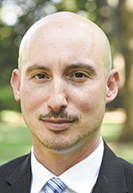
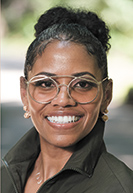
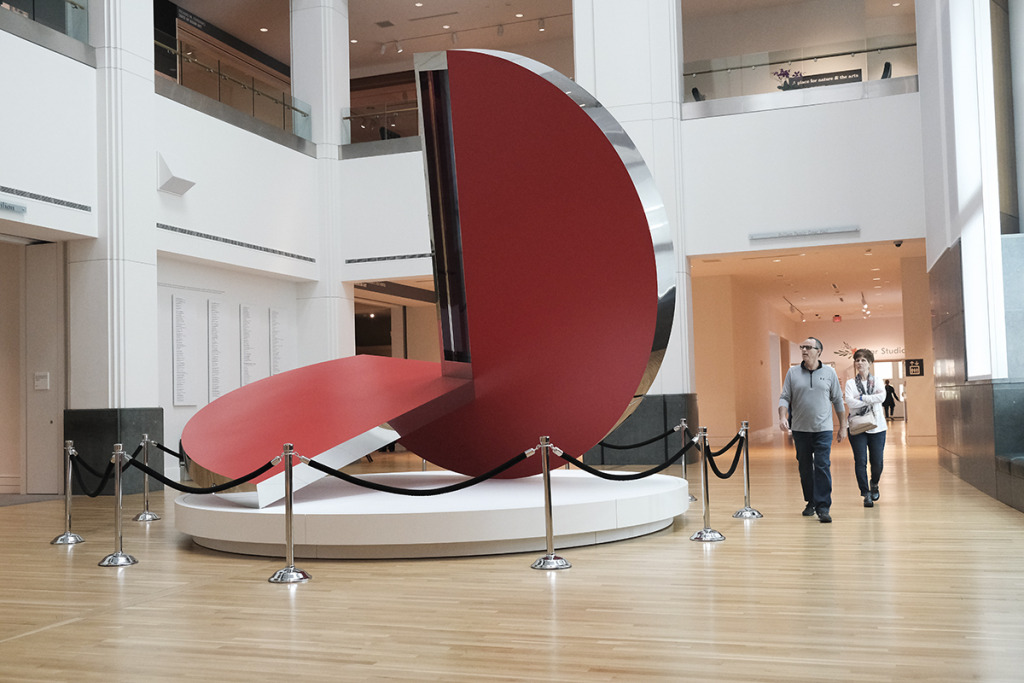


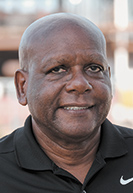
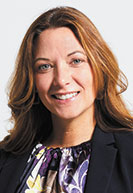

This article is unintentionally a demonstration of how this institution lost its way and still shows no sign of getting back on track. No one is asking what level of confidence the public should have in the board, which over time has blown it on two consecutive directors and with this obsession with race and useless (as numerous studies have shown) diversity training will probably do it again. More than a year after Venable’s departure the best they can say is they have interviewed over 60 people, which shows a startling lack of focus. Change the name back to IMA, remember that it’s an encyclopedic art museum not a social justice organization, and drop the gimmicky exhibits that are as intellectually nourishing as a bag of Cheetos. Just pathetic and getting worse.
Four days later and not one other comment?
I believe that’s called a mic drop.
Put 21R on the IMA board … and on the board of the philanthropic organizations behind this postmodernist tripe.
Amen, 21R and Mark L.
The IMA has had a volunteer docent program for decades and is composed of highly trained art smart mature (mostly) women who are dedicated to presenting art to school children most of whom are minority. The docents have been in a retraining mode for the past 6 months by this PINK outfit not about art but about Wokeness. I guess these ladies are not very trainable in the fine art of Woke as they have now all been fired (released) and the docent program has been shut down. The kids will be the losers. Talk about cutting your ear off to spite your face.
With all the focus on DEIA, it’s ironic that THE LUME, the museum’s most popular exhibit, is not inclusive. FAQs from the Newfields website:
I have sensory sensitivities, is THE LUME for me?
THE LUME Indianapolis is a multi-sensory experience with bright and contrasting lighting, changing sounds, large images, crowds, or various additional stimuli. A small percentage of guests may experience health difficulties or even epileptic seizures when exposed to certain light patterns, noises or flashing lights.